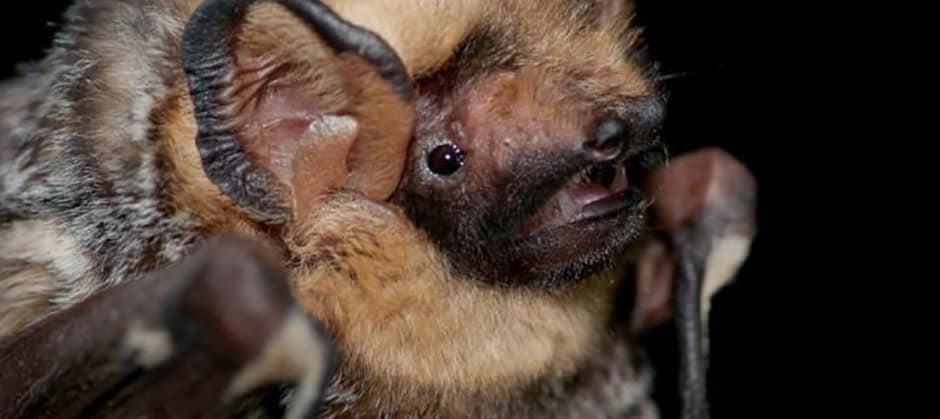Share this article
Rapid declines raise concerns about hoary bat’s future
Hoary bat numbers are plummeting in the Pacific Northwest, according to a recent study, raising concerns about the ability of the species to survive throughout the United States as growing numbers are found dead at wind power facilities.
But researchers say conservation measures, including new wind turbine technology, could turn around those declines.
“There are multiple lines of evidence from different studies that are all pointing to the same likely scenario, which is, hoary bats are in trouble,” said National Park Service ecologist Tom Rodhouse, the lead author on the study published in Ecology and Evolution. “What’s unique about our study, though, is this is really the first time that anyone’s been able to actually quantify population trends for the species. It’s one thing to count dead bats below wind turbines, but you never really know, what does that mean? How does that manifest itself out on the landscape across a broad region?”
Rodhouse and his team found hoary bats (Lasiurus cinereus) in Oregon and Washington appear to be dropping about 2 percent a year, based on modeling of field survey data collection that began in 2003.
That’s consistent with a previous estimate that the bats could decline 90 percent in North America in the next 50 years if current trends continue
“I don’t believe it’s an overstatement to say that if this trend that we’re observing empirically holds over the next few years, the risk of extinction is front and center,” Rodhouse said.
Hoary bats occur throughout North America, and although their population has been estimated at about 2.5 million, the species is particularly impacted by wind turbines, with millions turning up dead on the ground below them as wind farms have proliferated in recent decades. Why they’re so affected isn’t clear, Rodhouse said, but because they migrate, they may rely on the same winds the turbines do. Some studies also suggest they are lured to the turbines.
As a result, the bats are killed due to collisions or “barotrauma” – a condition like the bends suffered by scuba divers in which their organs are damaged by rapid atmospheric pressure changes near the turbine blades.
While the numbers in the Pacific Northwest are sobering, Rodhouse fears they may be worse elsewhere in the country where wind farms are more common.
“Unfortunately, the story could hold broadly,” he said.
If there’s good news, it’s that conservation measures could reverse the trend, Rodhouse said, and that collaboration among partners has allowed the research community to begin to get a grip on the numbers.
The study was the result of the North American Bat Monitoring Program, (NABat), a multiagency approach for conducting summertime surveys for bats across the country.
The OSU-Cascades’ Northwestern Bat Hub, which implements NABat in the Pacific Northwestern US, produced the study and uses a collaborative, multi-agency approach to accomplish the coordinated summertime surveys and other conservation research for bats across the Northwest.
“I would like to see people rally from this study rather than be discouraged,” he said. “The fact that we have succeeded in building this broad base of collaboration among many partners is really exciting and it’s quite unprecedented.”
The study also had some other good news. In addition to looking at hoary bats, researchers studied populations of little brown bats (Myotis lucifugus), a species particularly affected by white-nose syndrome, which has devastated bat populations throughout the eastern portion of North America. Although the disease arrived in Washington in 2016, researchers found no indication of populations declines of little brown bats there. “We just hope that trend holds”, Rodhouse said.
Header Image: The hoary bat, the species of bat most frequently found dead at wind power facilities, is declining at a rate that threatens its long-term future in the Pacific Northwest, according to a recent study. ©National Park Service








